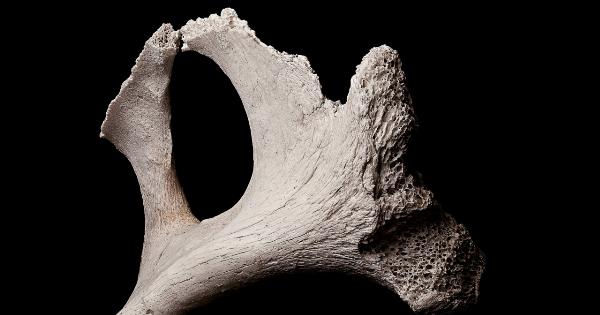Stroke is a medical emergency that occurs when blood supply to the brain is cut off, resulting in brain cell death. It’s a major cause of death and disability worldwide.
According to the World Health Organization (WHO), stroke is the second leading cause of death globally, and approximately 17 million people worldwide have a stroke each year.
Stroke can have significant consequences, including long-term disability, cognitive impairment, and death. It’s essential to detect stroke early and get prompt treatment to minimize the damage and improve outcomes.
Unfortunately, many people don’t take stroke inspection seriously, which can put them at risk of severe consequences.
What is Stroke?
Stroke is a medical condition that occurs when the blood supply to a part of the brain is interrupted or reduced, depriving brain tissue of oxygen and nutrients.
This can happen due to a clot blocking the blood vessels or blood vessels rupturing and bleeding into the brain. When it happens, brain cells begin to die, and the functions they control are lost.
Strokes can happen suddenly, and the symptoms can be severe. Common symptoms include:.
- Weakness or numbness on one side of the body.
- Trouble speaking or understanding speech.
- Difficulty seeing in one or both eyes.
- Dizziness or loss of balance or coordination.
- Severe headache with no known cause.
It’s essential to act quickly if you or someone you love displays any of these symptoms, as prompt treatment can make all the difference.
Why is Stroke Inspection So Important?
Stroke inspection is crucial because time is of the essence. The earlier you receive treatment, the better the outcomes are likely to be.
In fact, the chances of a complete and speedy recovery are highest if treatment begins within three hours of the onset of symptoms.
Inspection is also essential because the symptoms of a stroke can be subtle, making it easy to ignore them or attribute them to other causes.
Many people who experience a stroke don’t realize what’s happening, and they may not seek medical care until it’s too late.
For these reasons, it’s essential to take stroke inspection and its associated symptoms seriously.
That way, if you or someone you love begins to display signs of a stroke, you can get prompt attention and treatment, potentially saving lives and minimizing the long-term effects of the condition.
How to Inspect for Stroke?
It’s important to be aware of the signs and symptoms of stroke. If you or someone you know displays any of these symptoms, seek emergency medical attention right away. The following acronym can help you remember the most common signs of a stroke:.
- Face drooping: One side of the face is droopy or numb, and the person may be unable to smile or show facial expressions.
- Arm weakness: One arm is weak or numb, and the person may be unable to lift it fully.
- Speech difficulty: The person has trouble speaking or understanding speech/sounds. It may sound like the person is slurring their words.
- Time to call: If you notice any of these symptoms, call emergency services right away.
It’s also essential to be aware of other, less common symptoms of stroke, including:.
- Sudden confusion or trouble understanding what’s going on.
- Sudden trouble seeing in one or both eyes.
- Sudden trouble walking or loss of balance.
- Sudden, severe headache with no known cause.
Note that these symptoms can vary depending on the type and severity of the stroke. If you have any concerns or doubts, it’s best to seek medical attention.
Who is at Risk of Stroke?
While anyone can have a stroke, some people are at a higher risk than others. The following factors can increase your risk of having a stroke:.
- High blood pressure.
- Smoking or using tobacco products.
- Diabetes.
- High cholesterol levels.
- Obesity or being overweight.
- Physical inactivity.
- Age (older adults are at higher risk).
- Family history of stroke or other cardiovascular diseases.
If you have any of these risk factors, it’s essential to take steps to reduce your risk. This may include making lifestyle changes, such as quitting smoking, eating a healthy diet, and exercising regularly.
Your doctor may also prescribe medications or other treatments to help manage your risk factors.
Final Thoughts
Stroke is a serious medical condition that requires prompt attention and treatment. It’s essential to know the signs and symptoms of a stroke and seek medical care right away if you or someone you love displays them.
Don’t overlook the importance of stroke inspection, as it can make all the difference in the outcome of the condition.
By taking stroke inspection seriously and taking steps to reduce your risk of the condition, you can protect your health and well-being and enjoy a life free from the threat of stroke.





























